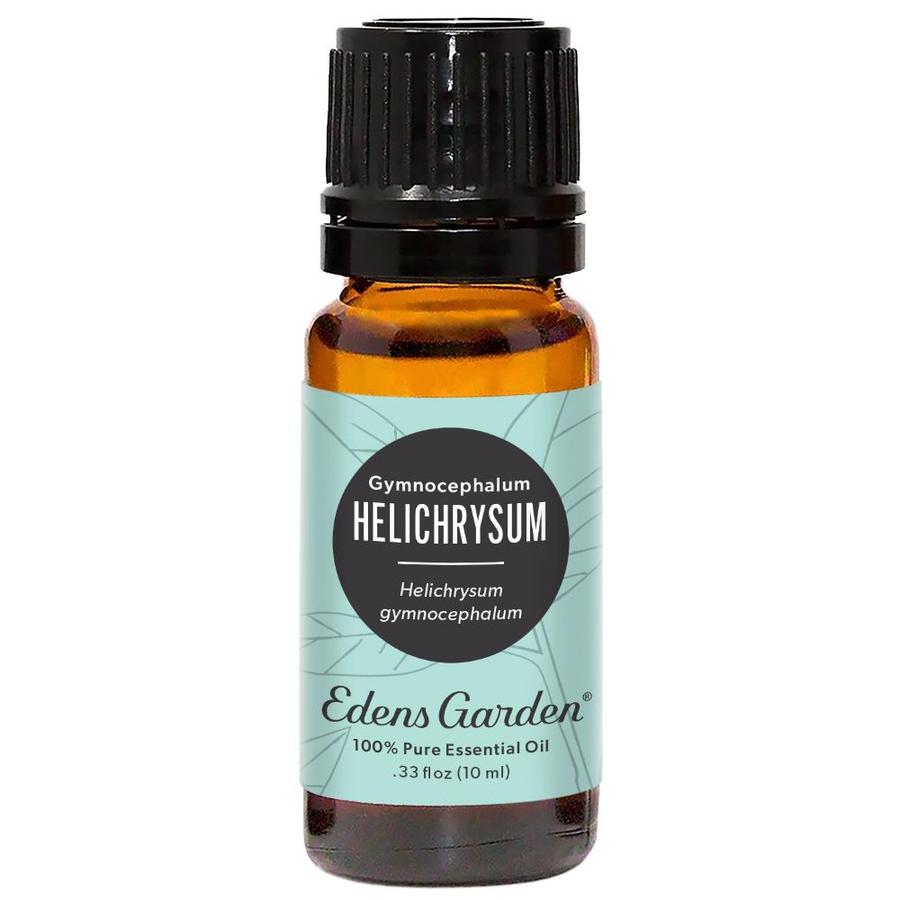This or That: What's the Difference Between Helichrysum Essential Oils?

Helichrysum has been highly esteemed as a superior healing oil for centuries, and many who’ve used this oil can understand why. It’s been likened to liquid gold for its natural medicinal qualities, and because of the yellow daisy-like flowers it produces, making this oil a must-have for anyone’s medicine cabinet. So if you’re not wanting to purchase both Helichrysums at the same time, which of these oils do you pick? Let's look in-depth at the differences and similarities between Helichrysum Italicum and Gymnocephalum.
Helichrysum-gymnocephalum
Its high 1,8 cineole content gives this oil a cool, medicinal quality. Helichrysum gymnocephalum can be used to support the respiratory system, and when paired with Helichrysum italicum, it may soothe symptoms of allergies such as sneezing. Native to Madagascar, this oil has also been used for its benefit as an antiseptic when diluted. Helichrysum gymnocephalum may be a good EO to alternate between Eucalyptus, as it shares a similar aroma and therapeutic properties.
Helichrysum-italicum
When the hot summer months start to do a number on your skin, how do you protect yourself? Helichrysum Italicum is best known for its skin nourishing, healing and restorative properties. More specifically, this golden oil has properties which heal soft tissue damage, pain, inflammation, bruising, relieve itching and prevent infection (1). So if you’re looking for an oil for daily skincare, look no further. Italicum is also said to activate the right side of the brain, deepening intuition, and making this oil emotionally balancing. Its aroma is sweet and honey-like and can be overpowering (2). In other words, a little goes a long way when adding this oil to an aromatic blend. Furthermore, according to author and aromatherapist Patricia Davis, Helichrysum Italicum is like “honey for the psyche.” What more is there to say about this timeless oil?










ElLois E Betts
February 15, 2021 at 9:56 am
This is the first site to explain there are 2 types of Helichrysum.
So thank you very much for this information!